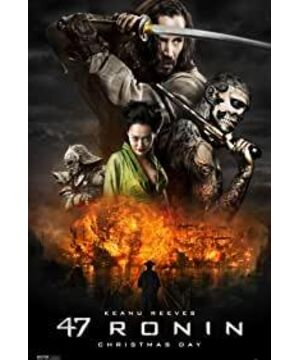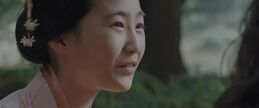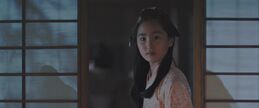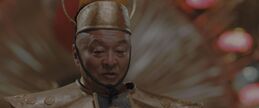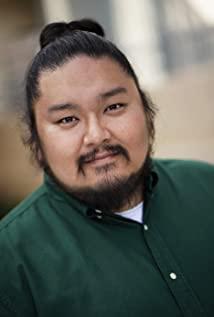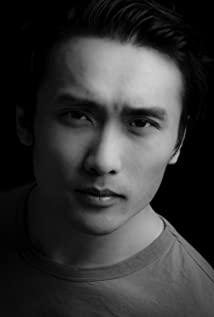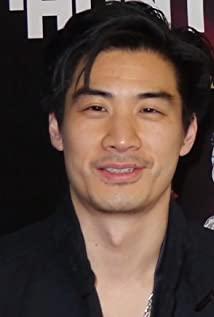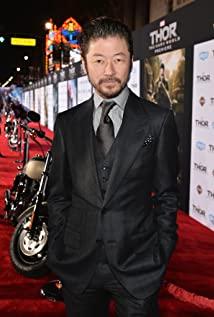2. This film is too ridiculous. Director Nima has been facing the wall for ten years! Return my ticket money!
3. Oops, a big production of hundreds of millions of dollars, I hired my film stars to star in, and put our traditional story on the screen, although the ingredients are not pure, but it is worthy of encouragement and pride!
4. How do you see the taste of "Makai Tensei" (produced in 1981, starring Chiba Shinichi, played by Sanada Hiroyuki and Ogataken) and "Satomi Hakken Biography" by Shinji Shinji.
5. Both the original subtitled version and the Japanese dubbed version are provided. The lines of the original subtitled version are called dry, and the dubbed version is very well received! ! ! ! !
6. Compared with Tom's "The Last Samurai" and Eastwood's "Iwo Jima Book", Nima's understanding of Japanese culture and detailed research are five million light-years away, OK? !
Fan Wai: Why has Lao Mei photographed so many Japanese subjects in recent years?
Actually, it wasn't in the past few years, but there have been shootings since the war.
Before World War II, the Japanese film industry established a complete film industry system through the introduction of the American studio system and European artistic methods. Including Ozu Yasujiro, Mizoguchi Kenji and others, they all explored a set of editing and shots that were different from Western films. Technique. But at that time, capitalist countries did not have a common film market, and Japanese films did not enter the eyes of Westerners.
After the Second World War, with the occupation and understanding of the enemy’s needs and wartime lessons, Western countries began to introduce a small amount of Japanese movies. This is an incredible one, a set of techniques that are both related to and different from American Hollywood movies, and are completely different from Western movies. The world view, coupled with a relatively complete film industry system, was suddenly established in front of people in the West (including the Soviet Union and Eastern Europe). In the 1950s and 1980s, the Japanese film industry achieved large-scale exports to the East and West camps.
But then, when the Japanese film industry faced the challenges of television and video tapes, due to its conservative industrial layout, it was on the verge of collapse in the 1990s. Some applications of high technology that originally appeared in the early 1980s (such as 1984) The application of computer special effects technology and the application of remote control robots in the film "Jupiter" starring Miura Yuwa in the year ended. When the Japanese film industry was in a group of loyal leftovers who depended on filming TV dramas, filming pornography, and doing special effects. (Yojiro Takita, Takashi Miike, Takashi Yamazaki, Kiyoshi Kurosawa) worked hard to save life, and had to face the fact that the Asian film industry has blossomed in abundance.
But the road to heaven is boundless. When the Japanese film industry was in crisis, it was when ACG invaded the West. The Japanese first entered the French, Spanish and Italian markets through TV animation in the 1960s and 1970s. Later, in the 1980s and 1990s, it began to enter the English market. Of course, with the overwhelming proliferation of rot and cute elements in homes, Riman has shown a downward trend in the world market in the past two or three years. But the generation of otaku who was fed by various outputs in District 11 has grown up! Don’t you see "Rim of the Pacific" director Del Toro when he came to Japan and said that you guys born in the 1930s and 1940s of the Showa era have seen robot animations and Teshe Lao Tzu as a child!
then! then! then!
View more about 47 Ronin reviews


